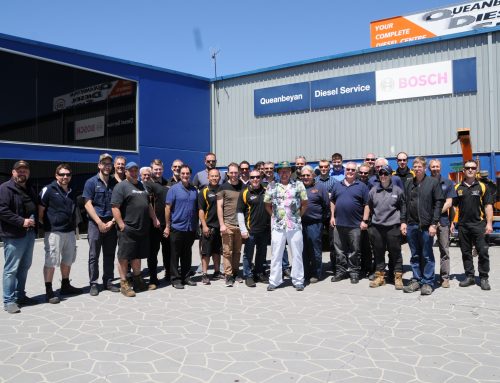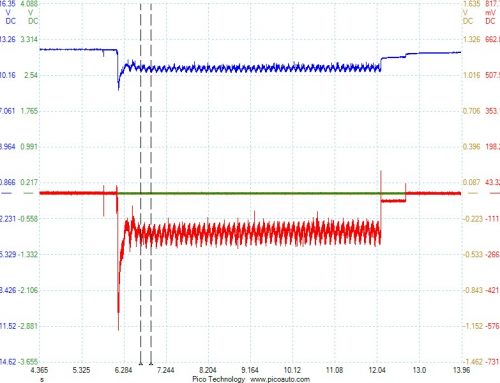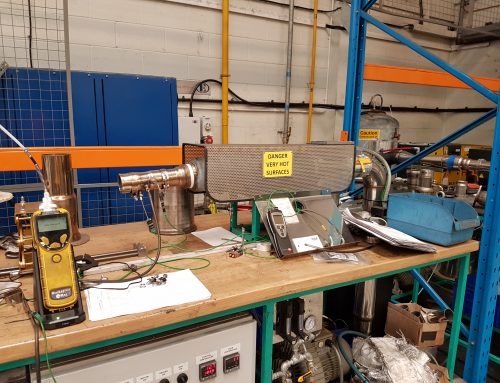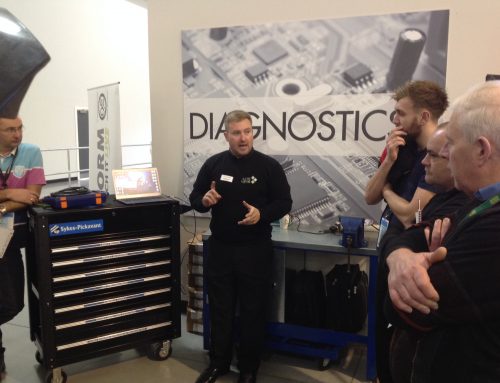Developments in automotive technology, driven mainly by emission legislation, have challenged not only the way we approach problems but also how we run, market and develop our skills and invest in what has become a complex, lucrative and rewarding industry.
Clint Eastwood put it much better – ‘The good, the bad, and the ugly’, ‘A fist full of dollars’ and ‘A few dollars more’. I like to think I am good, which means I have missed out on the ‘Fistful of dollars’. With the fun and reflective side of things over, it’s back to business.
Functionality and Performance
How do we test injectors for both functionality and performance? While it may not matter about diesel or petrol, how about solenoid or piezo, manifold or direct? You can be certain these different types contribute many differences to the way tests are performed.
The business end of fuel delivery has become much more critical, the difference between a simple fuelling error, lumpy idle, flat spot on acceleration or a totally scrap engine depends on exactly how you test and evaluate injectors.
You will first need to carry out a serial, current and profile or hydraulic evaluation. Serial evaluation begins as always with simple fault code interpretation, developing into a more detailed evaluation of live data, balance, fuel trim, open duration, current path and so on.
Fuel trim or correction is very useful, it takes into account input values from a variety of key sensors, all of which are important. It also adjusts the fuel quantity accordingly to meet a perfect stoichiometric value. It can be fooled like all computers by incorrect input values or events beyond its monitoring capability. These could include air leaks, charge pressure circuit loss, fuel cavitation, priming or low pressure problems, current path issues or simple atomisation defects.
The reason I have laboured this point is to illustrate just how complex the problem may be. Misfires can be placed into three, dare I say, simple categories; ignition anomalies, fuelling anomalies or mechanical defects.
Current and profile testing involves the application of an oscilloscope, without the correct current ramping the injector will not open correctly. The open event should be consistent with the fuel trim values.
Finally, the hydraulic performance is essential. Flow rates, atomisation, direction of the spray pattern are vital if full combustion is to be achieved. To aide this and much more, we rely on our Asnu test bench. Direct injection requires a much more precise accuracy.
Achieving this cannot be left to chance. The formation and delivery of a combustible mixture in both stratified and homogeneous strategies remains the total responsibility of the injector.
The injector is in principle an inductor, it may be switched by ground or by discharging a capacitor, thus, increasing both current and rise time. In the case of ground switched injectors, it may be seeded by a small current, preparing it for the much larger opening current event. Piezo injectors, of course, follow a totally different discipline. They do however demand a very specific current flow.
Focusing on the inductive performance of direct injection solenoid injectors, how can we be sure of exacting and correct performance? The pintle design is such that a simple orifice, single or multiple, no longer applies. A permeable membrane is often responsible for atomising the fuel to incredibly fine droplet sizes. Direction and flow rates are critical. So much for the hydraulic performance, now let’s concentrate on the electronic response.
Assuming the PCM is capable of delivering the correct current, the injector, the only component in the circuit, is responsible for how the current or load is consumed. Simple voltage or current is not sufficient in accessing the injector performance. Inductance measurement is essential. As the pintle lifts, its movement will affect the electromagnetic field in the coil. The very speed and value of inductance will affect the fuel delivery.
This very issue presented itself recently, a misfire only obvious at idle proved difficult to prove until the injector was tested. You can observe from the photo, instantly, the inductance value is incorrect.








Leave A Comment